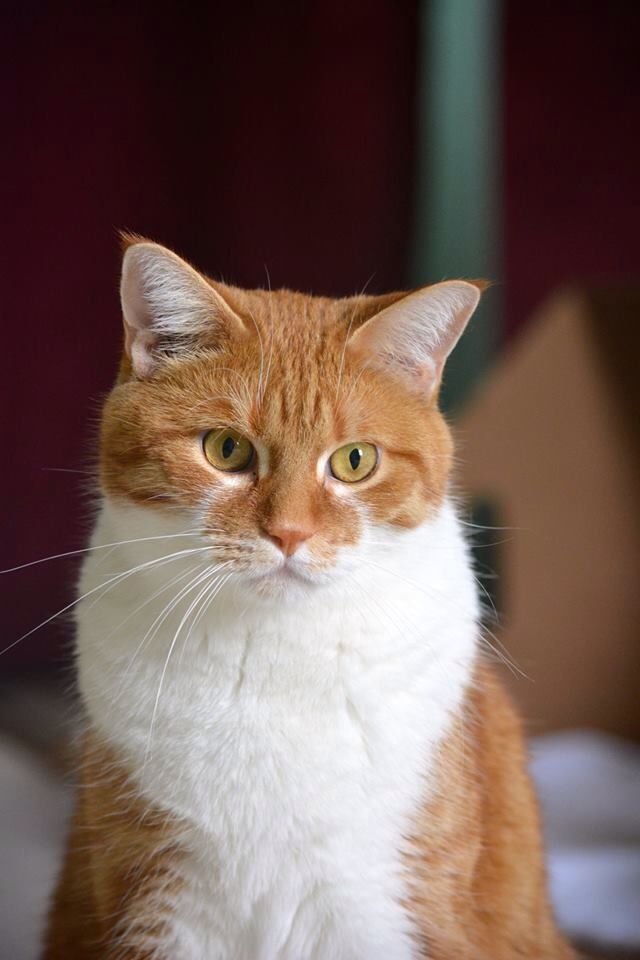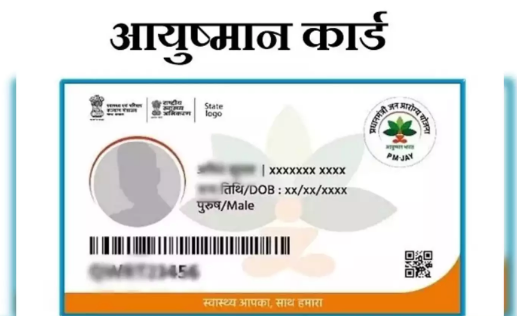The gentle, of a cat’s purr is a comforting sound for many pet owners. This unique feline behavior has captivated humans for centuries, sparking curiosity and prompting the question: Why do cats purr? The answer to this question is multifaceted, encompassing a range of emotional, physiological, and social reasons that contribute to the enigmatic world of feline communication.
1. Communication:
One of the primary reasons cats purr is to communicate with their human companions and fellow felines. Cats are known to purr when content, expressing a sense of relaxation and satisfaction. Kittens, for instance, purr when nursing to signal contentment to their mother. Similarly, adult cats may purr while being petted or curled up in a favorite spot, conveying a sense of happiness and security.
2. Contentment and Relaxation:
Purring is often associated with a cat’s state of contentment and relaxation. When a cat is in a comfortable and secure environment, it may purr to self-soothe and convey a sense of peace. This can occur during moments of rest, when basking in sunlight, or when nestled in a cozy spot. The rhythmic nature of purring has a calming effect, not only for the cat but also for those around it, fostering a sense of tranquility in the shared space.
3. Healing and Stress Relief:
Interestingly, cats may also purr as a form of self-healing. The vibrations produced by purring are thought to have therapeutic benefits for cats, promoting the healing of bones and tissues. Veterinarians have observed increased purring in cats recovering from injuries or illnesses, suggesting that the act of purring may play a role in the healing process. Moreover, purring is associated with stress relief, helping cats cope with various challenges and uncertainties in their environment.
4. Bonding and Social Interaction:
Cats may purr as a means of bonding with their human caregivers and other feline companions. When a cat purrs in the presence of its owner, it creates a positive association between the sound and the human-animal bond. This reinforces the connection between the cat and its caregiver, fostering a sense of trust and companionship. Additionally, in multi-cat households, purring can serve as a social signal, indicating harmony and camaraderie among the feline members of the group.
5. Communication with Kittens:
Mother cats purr to communicate with their kittens from a very early age. The vibrations produced by purring are believed to have a soothing effect on kittens, helping them feel secure and comforted. Kittens, in turn, learn to purr as a way of communicating with their mothers and siblings. This early introduction to purring as a form of communication sets the foundation for its use throughout a cat’s life.
6. Expression of Pain or Discomfort:
While purring is often associated with positive emotions, it’s essential to recognize that cats may also purr when in pain or distress. Some research suggests that purring may serve as a self-soothing mechanism for cats experiencing discomfort. This can make it challenging for caregivers to discern whether a cat’s purring is indicative of pleasure or discomfort, highlighting the importance of paying attention to other contextual cues and the cat’s overall behavior.
7. Instinctual Behavior:
Purring is deeply ingrained in a cat’s instinctual behavior. From the moment they are born, kittens purr to communicate with their mothers and littermates. As they grow and mature, purring continues to be a versatile tool for expressing a range of emotions. Understanding the instinctual nature of purring provides insight into its prevalence and significance in the lives of domestic cats.
In conclusion, the act of purring in cats is a complex and multifaceted behavior that serves a variety of purposes. From expressing contentment and relaxation to promoting healing and facilitating social bonds, purring is a dynamic aspect of feline communication. As cat owners, recognizing and appreciating the nuances of purring can deepen our understanding of our feline companions and strengthen the unique bond we share with them. The enigma of why cats purr continues to fascinate researchers and pet enthusiasts alike, adding to the allure of these mysterious and captivating creatures.






